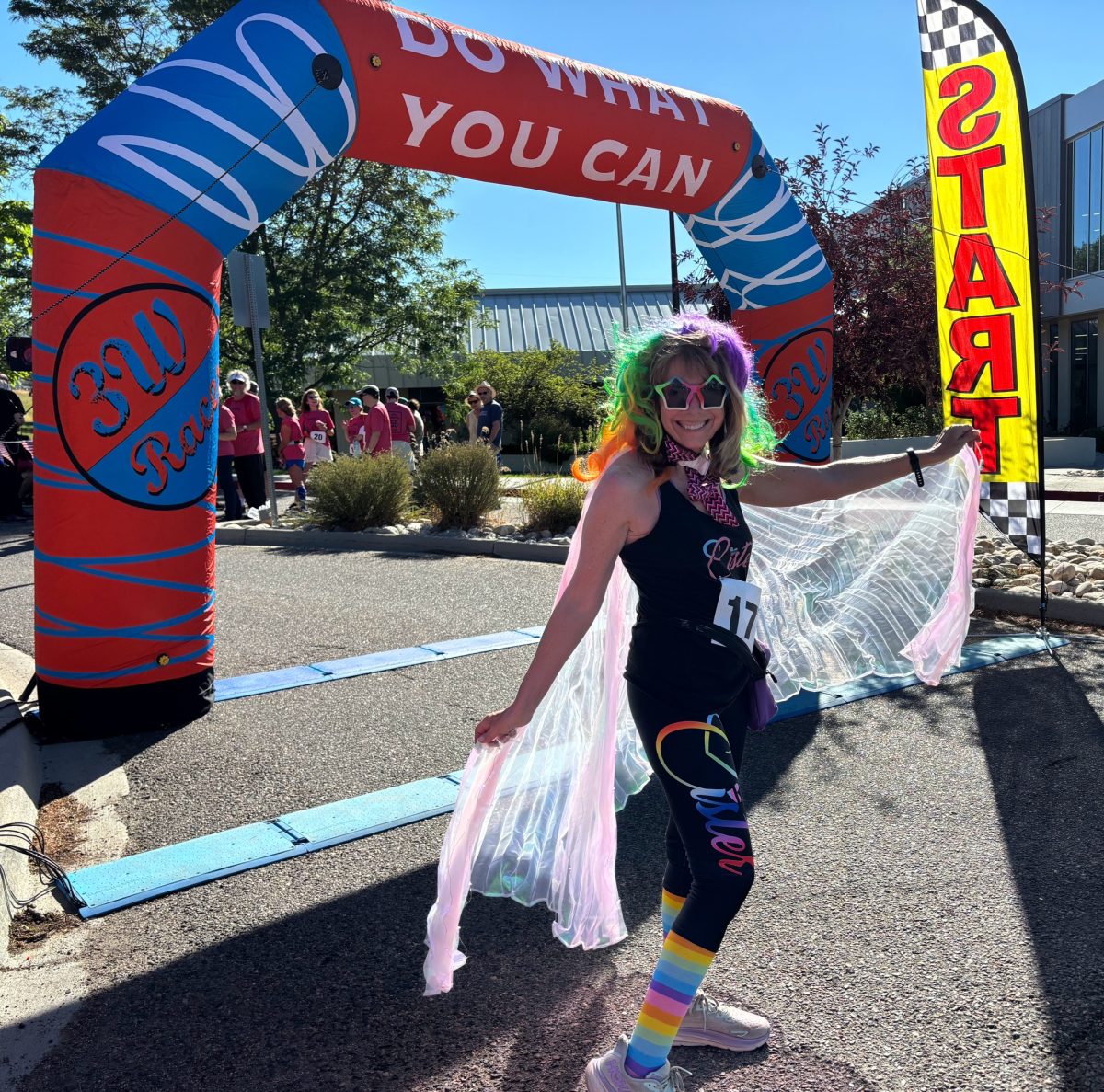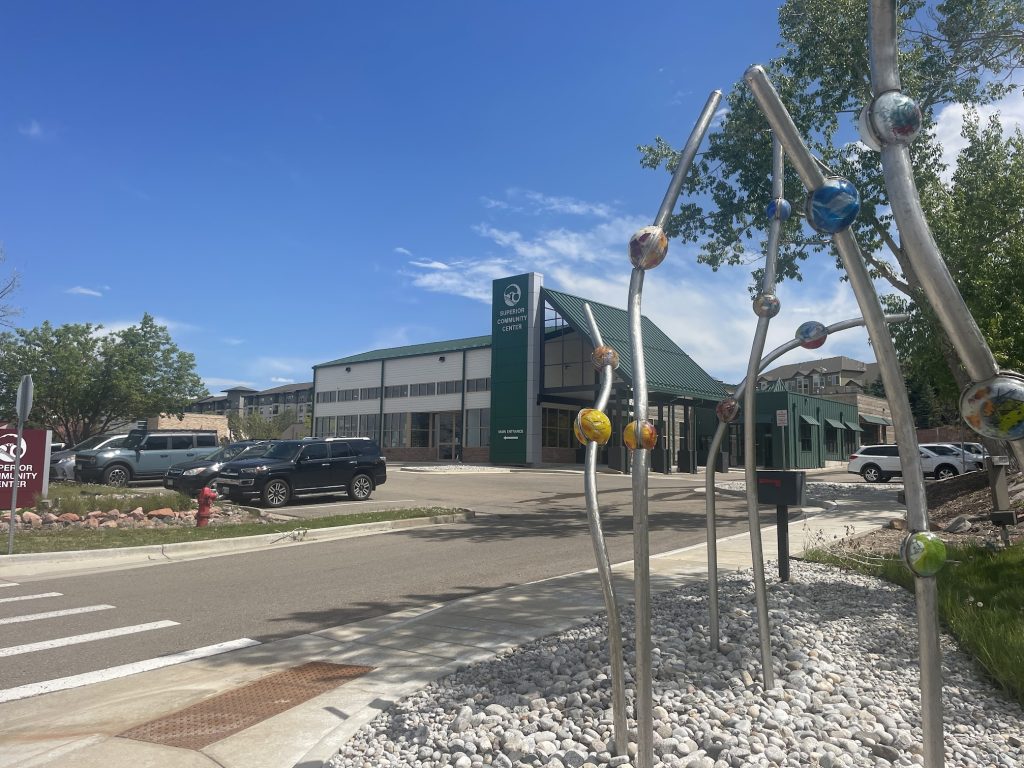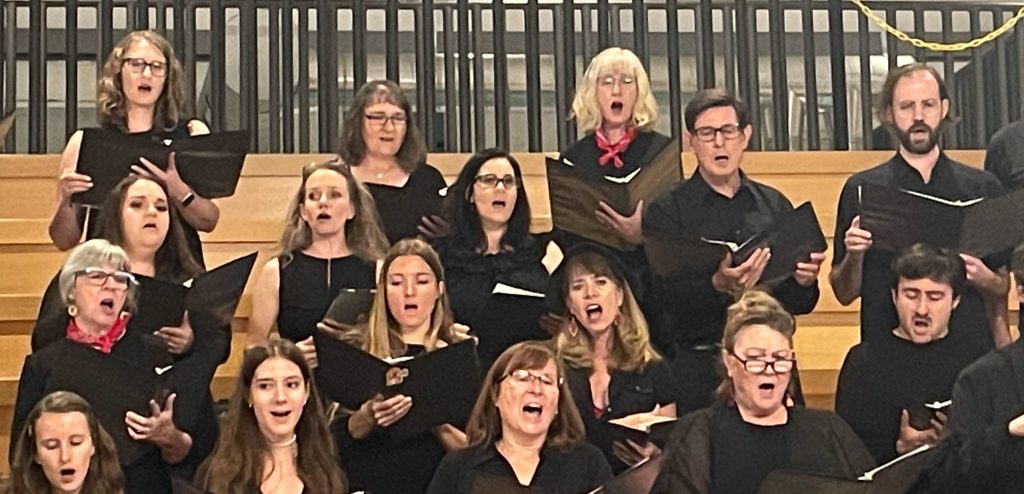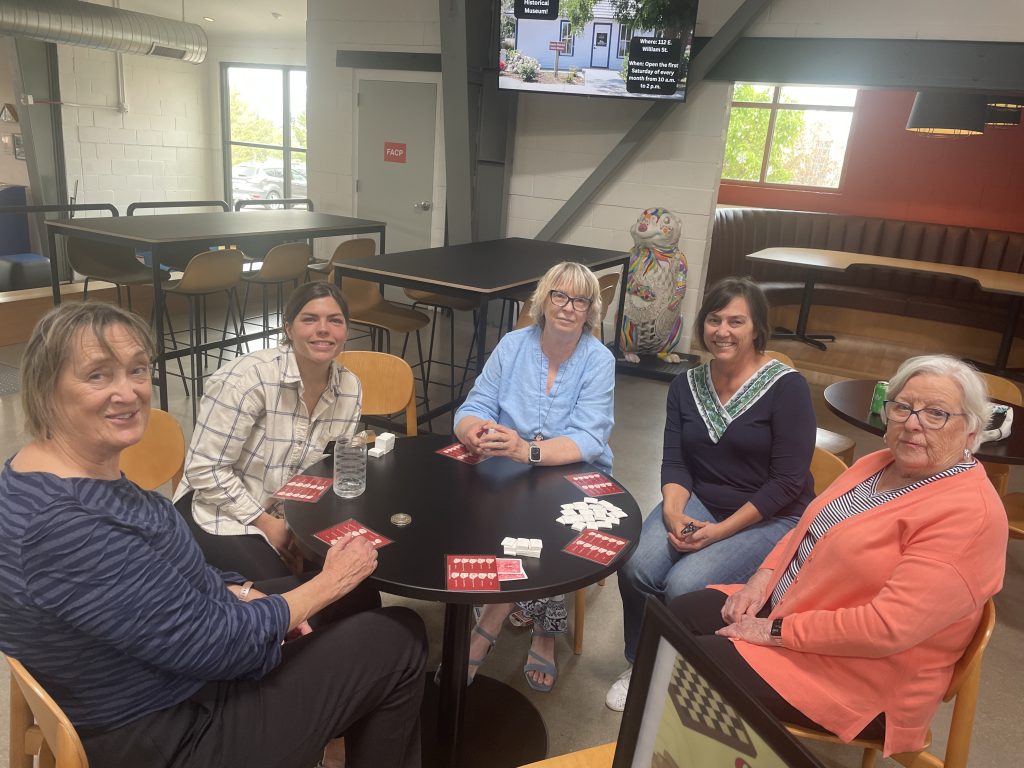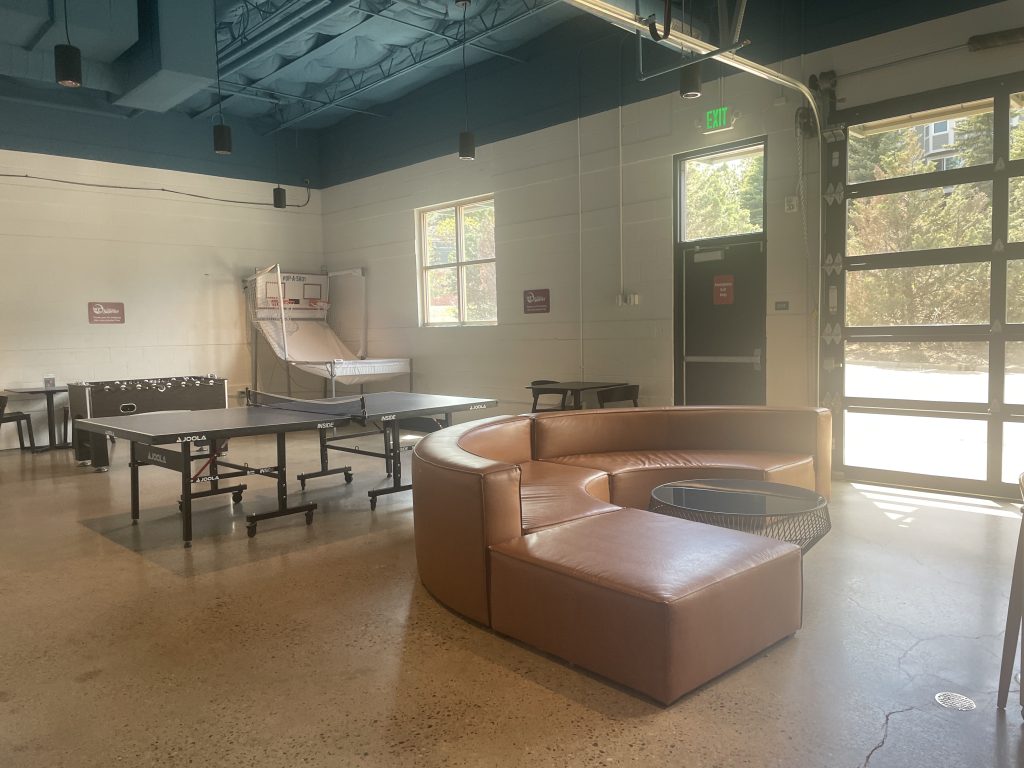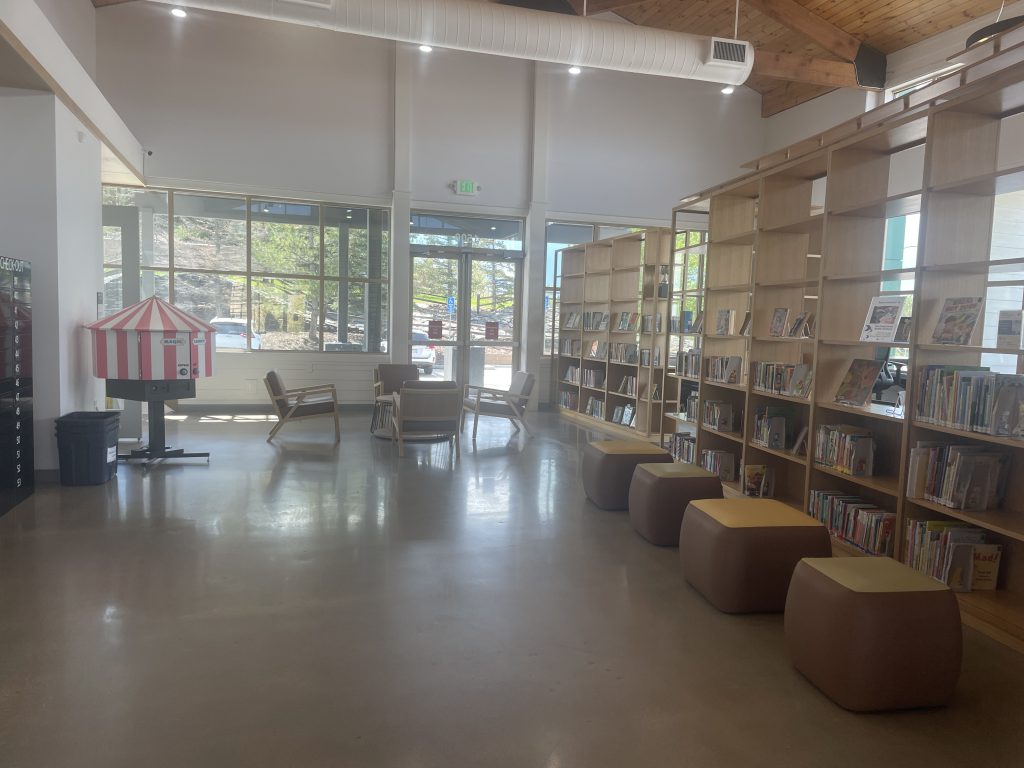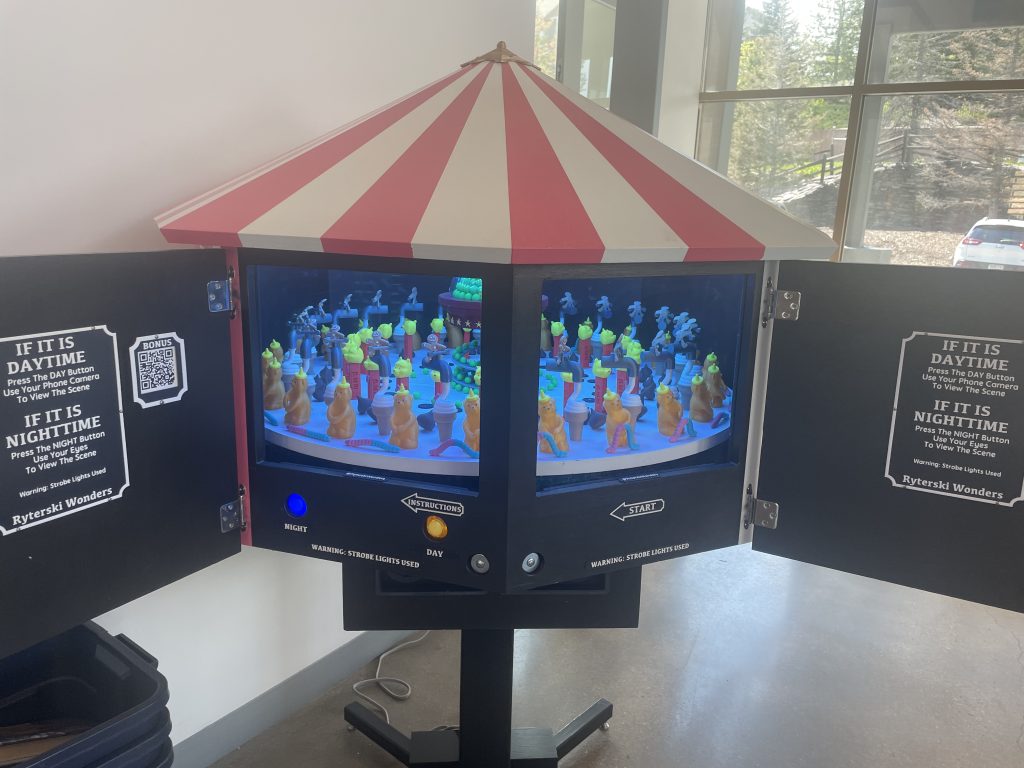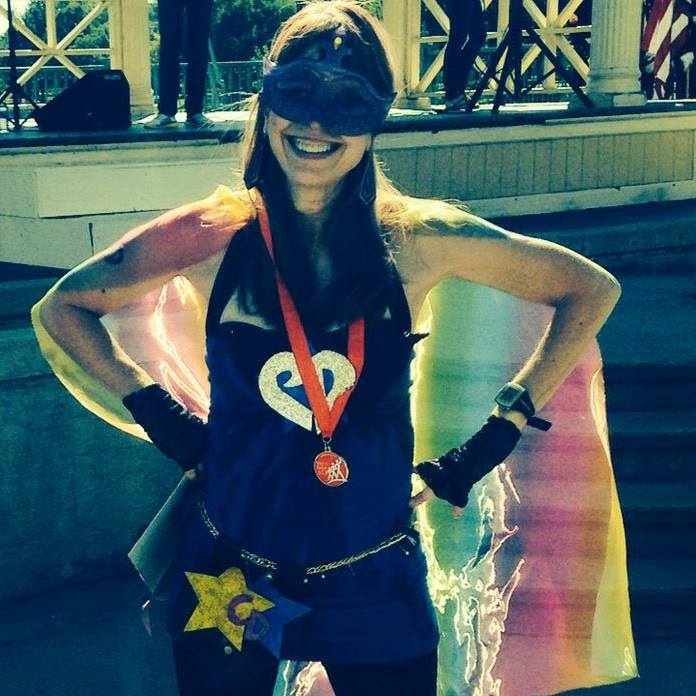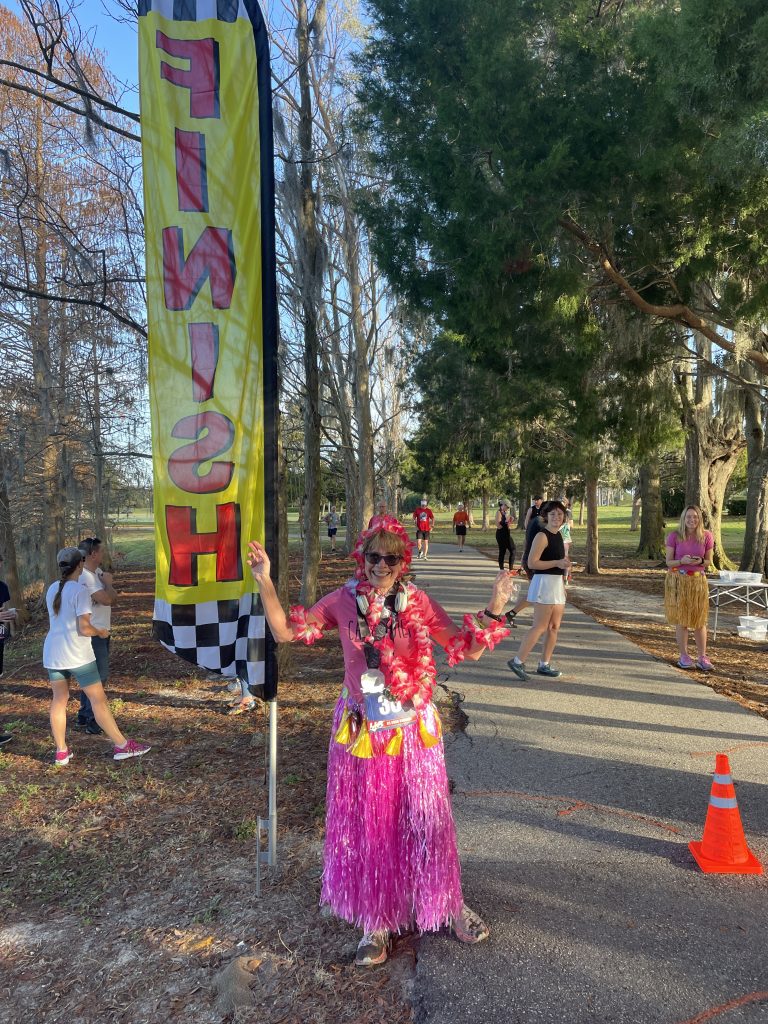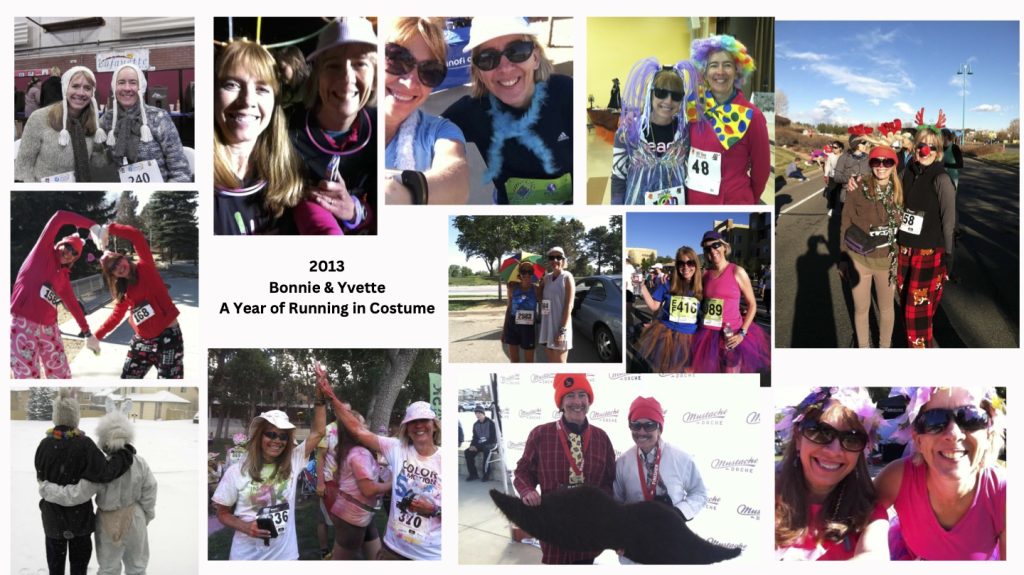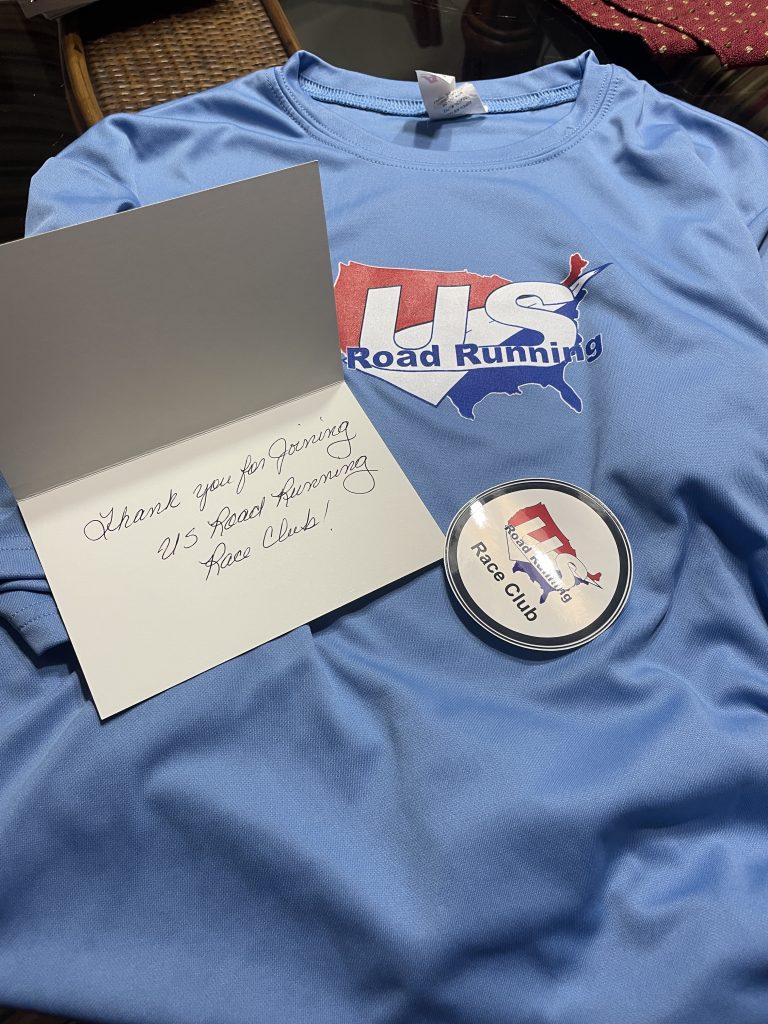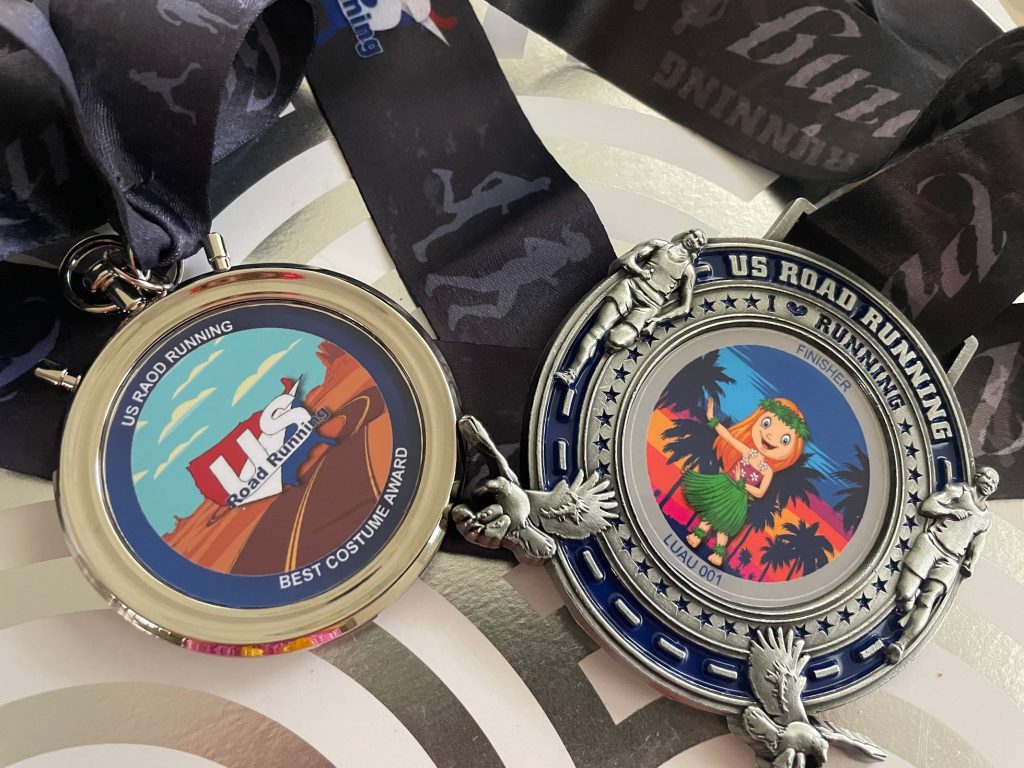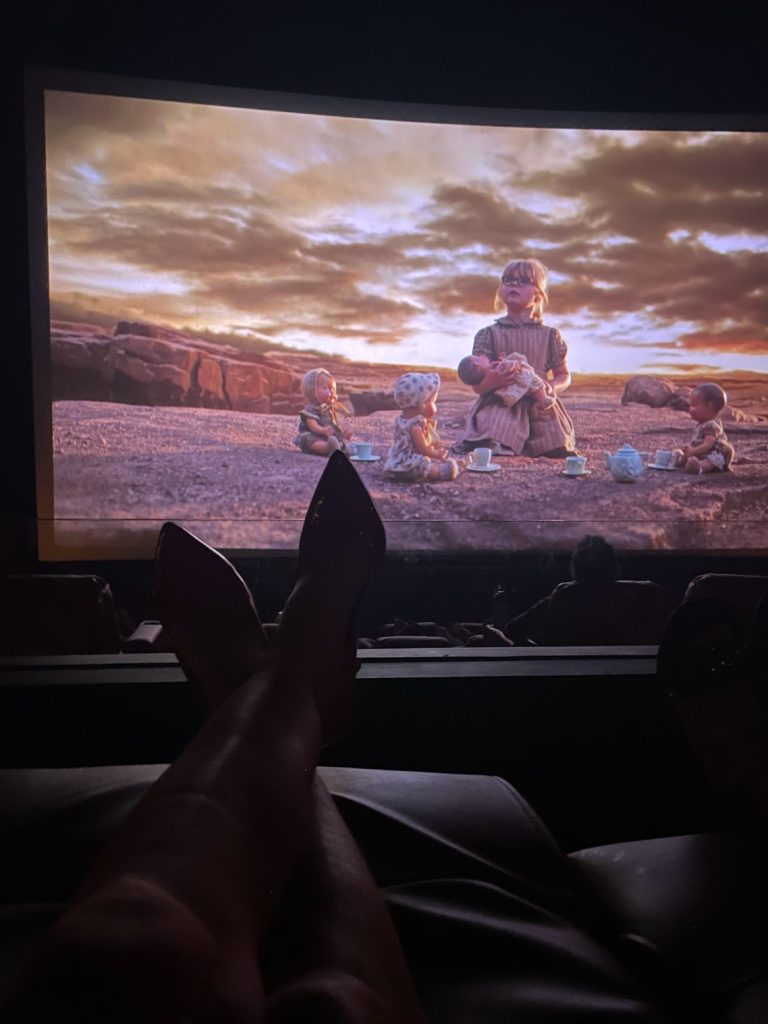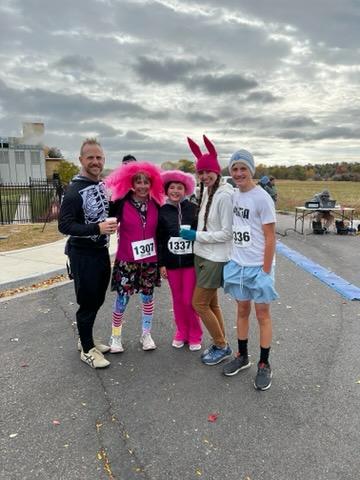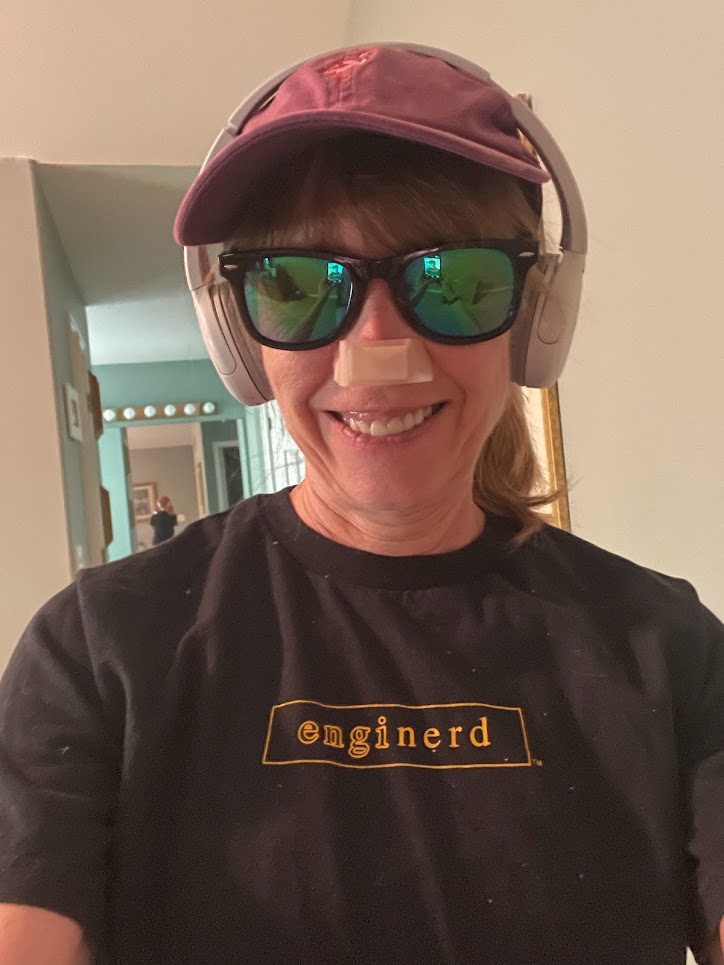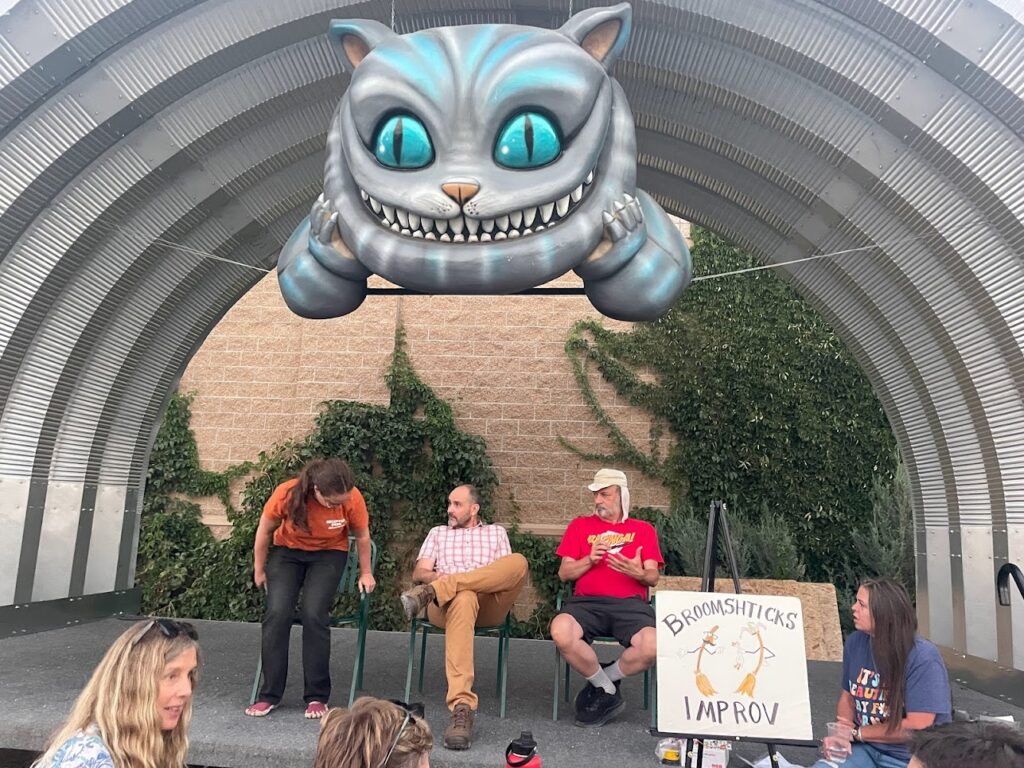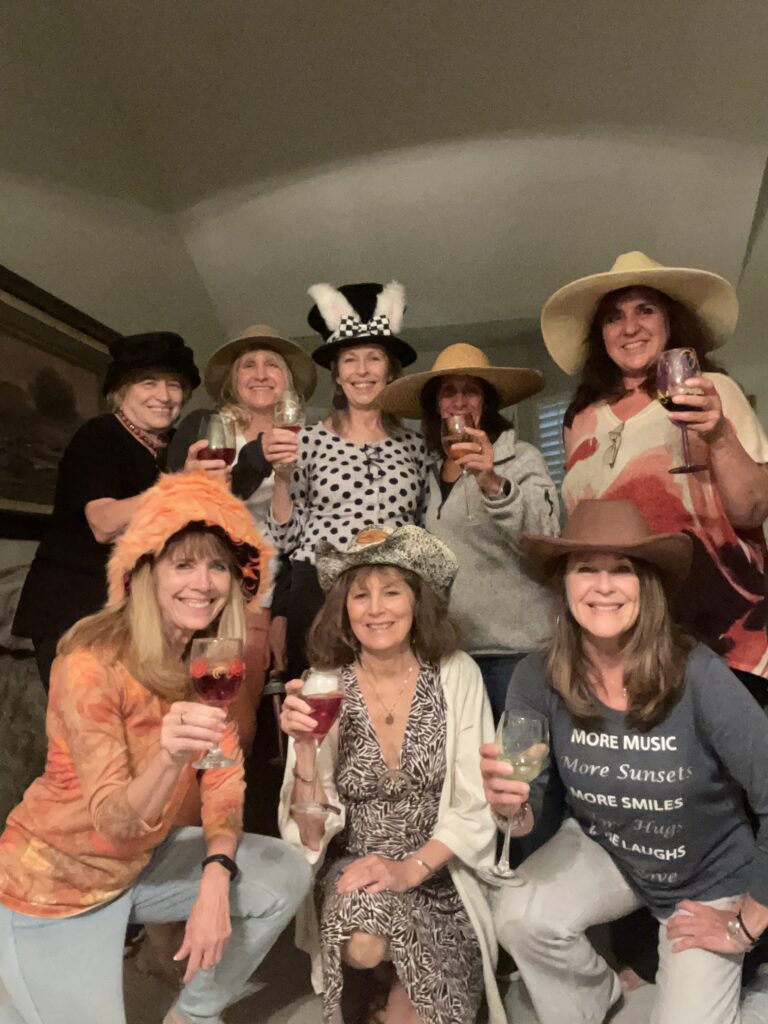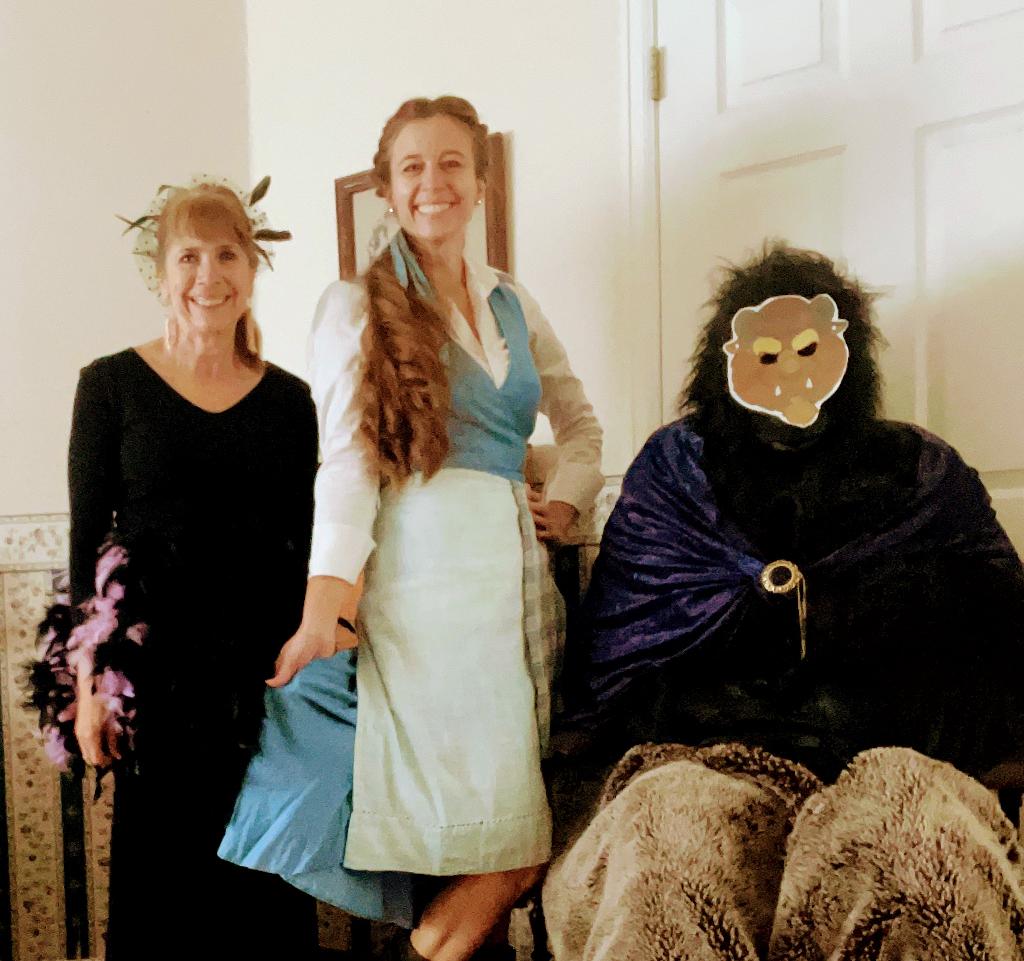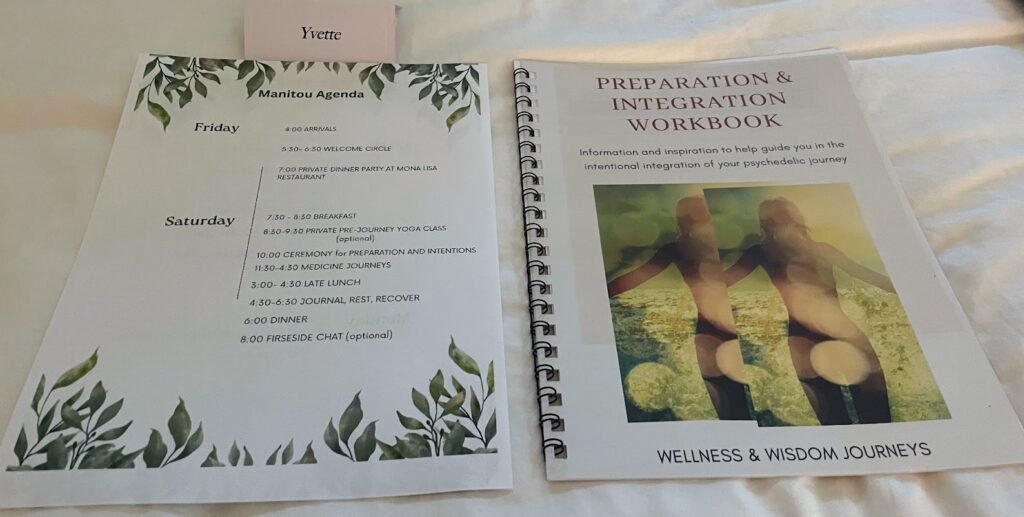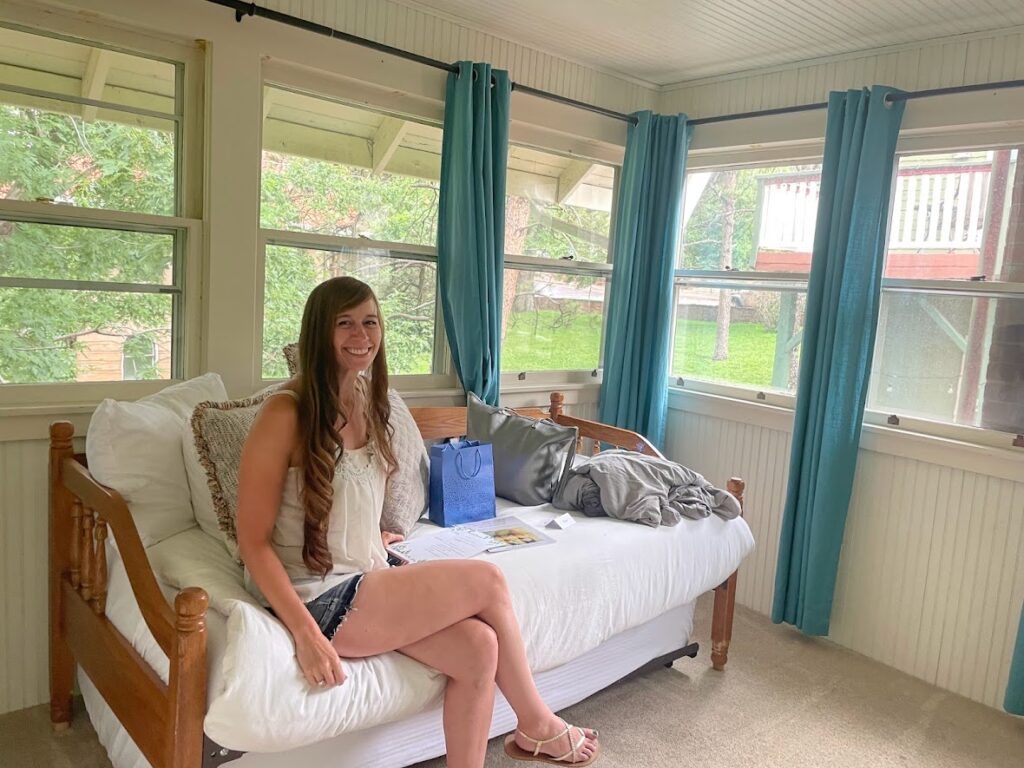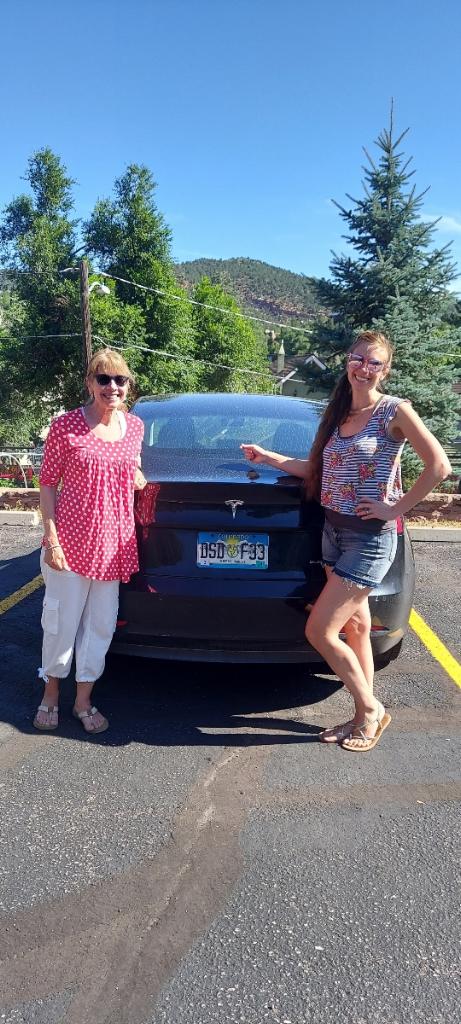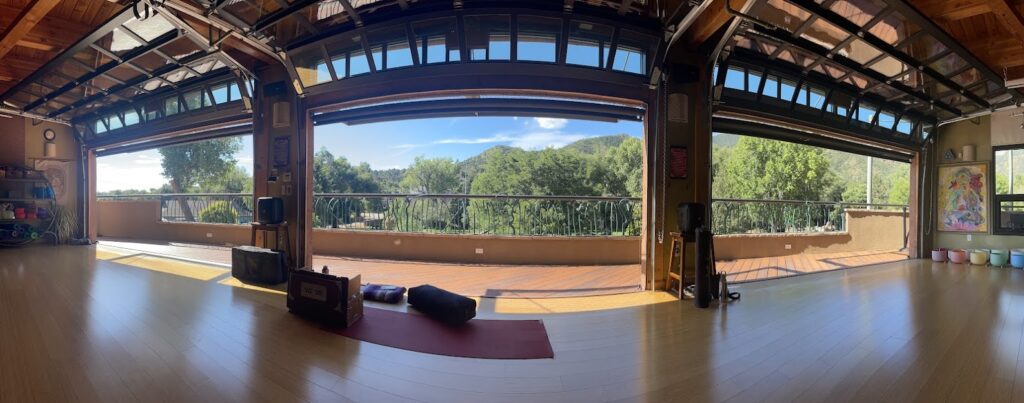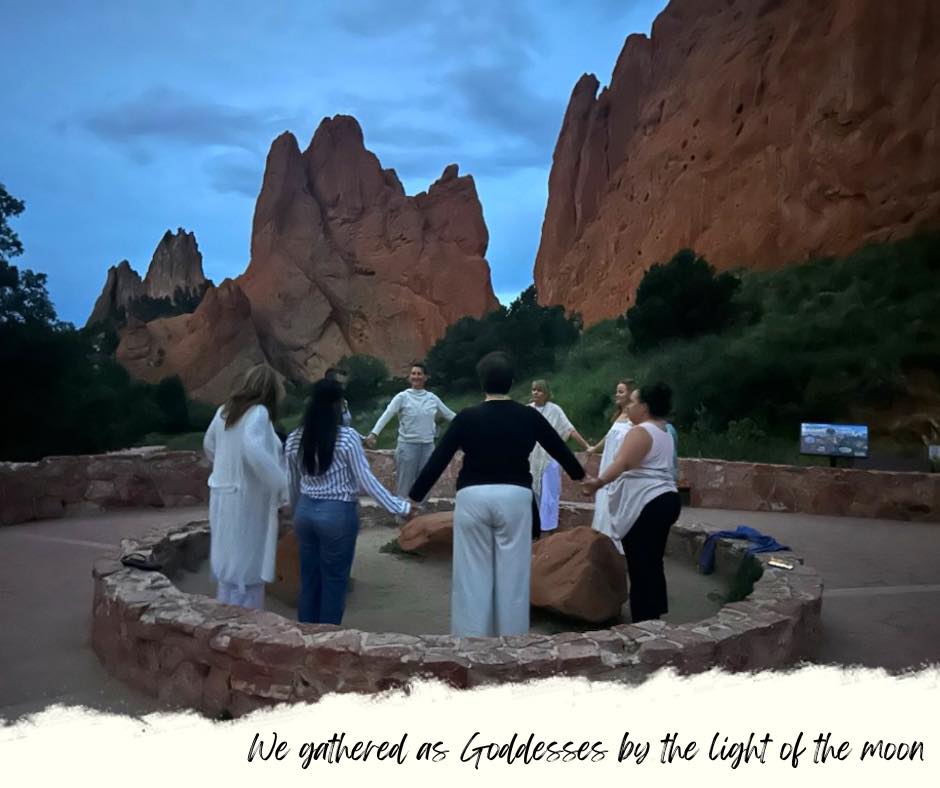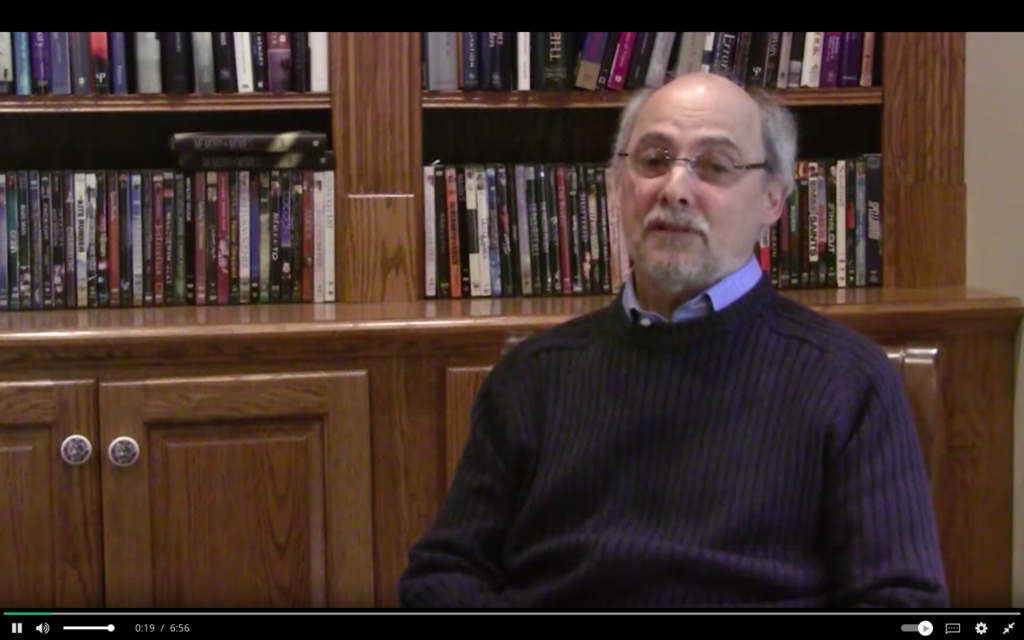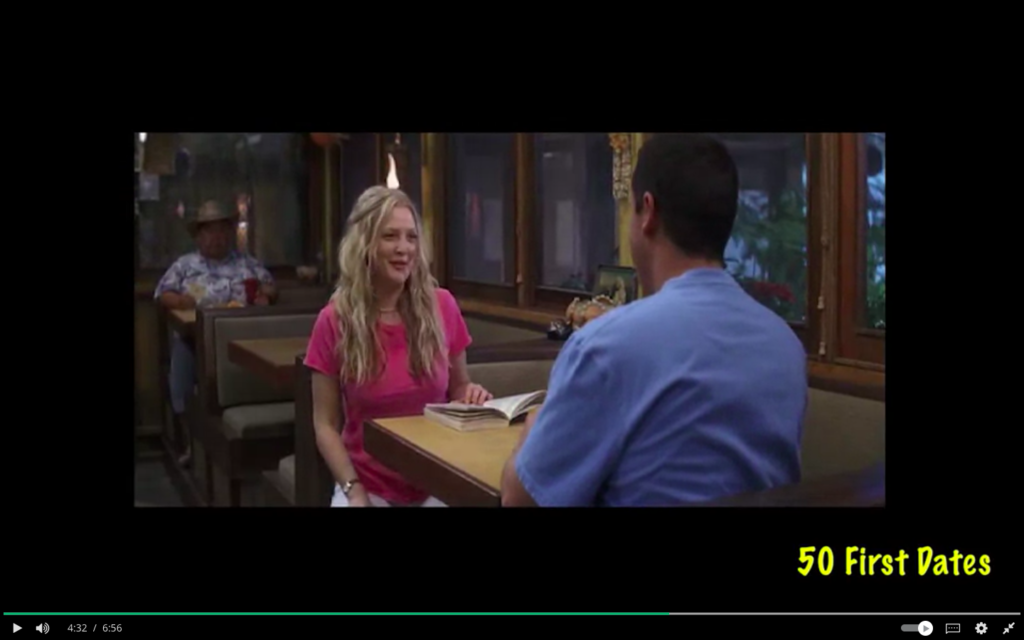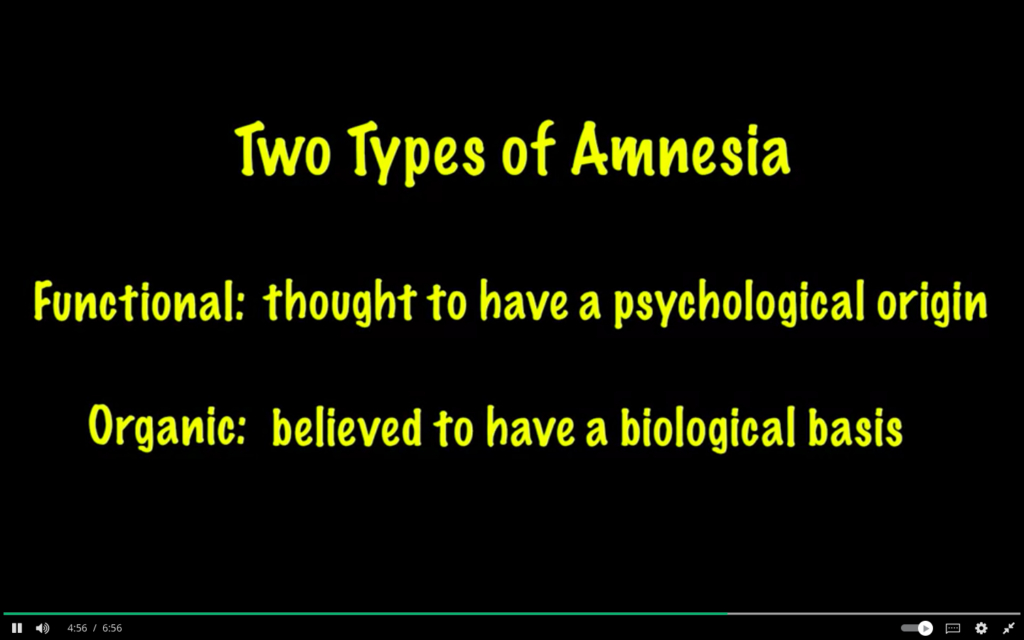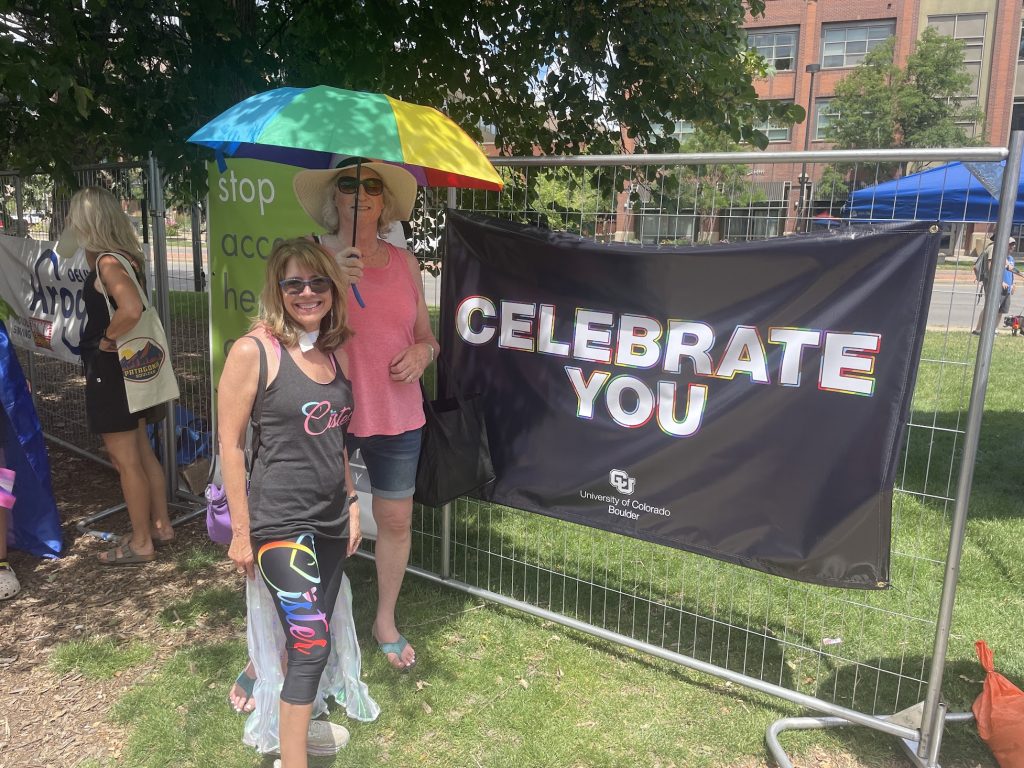
Introduction to Cister – Celebrate Authenticity
On this 4th of July, I’m excited to introduce a new nonprofit, Cister, founded by my dear friend Michaela Avis. Cister’s mission is to promote ally visibility within the LGBTQ+ community.
Michaela and I have been friends for nearly 20 years, first meeting on Match.com in 2005 when Michaela was still Michael. Our bond has only grown stronger over the years.
In fact, if you read my book, The Laptop Dancer Diaries, Michaela was a main character, one of my best friends and confidantes. We’ve met Friday mornings for coffee for 18 years, discussing everything from quotidian delights to deep and dark concerns. We’ve listened and supported one another through each of our family’s joys and tragedies.
Michaela founded Cister to create a visible support network for the LGBTQ+ community, allowing cisgender allies to show their acceptance and solidarity.
Being a centrist, I shy away from political activism and I wasn’t sure what might be expected of a “Cister.”
Initially, I wasn’t familiar with the term ‘cisgender,’ which describes people whose gender identity matches their sex assigned at birth. Cister aims to empower cisgender allies to visibly support the LGBTQ+ community.
Wearing Cister gear is a way for those of us who are Cisgender to outwardly show our support and acceptance to the LGBTQ+ community.
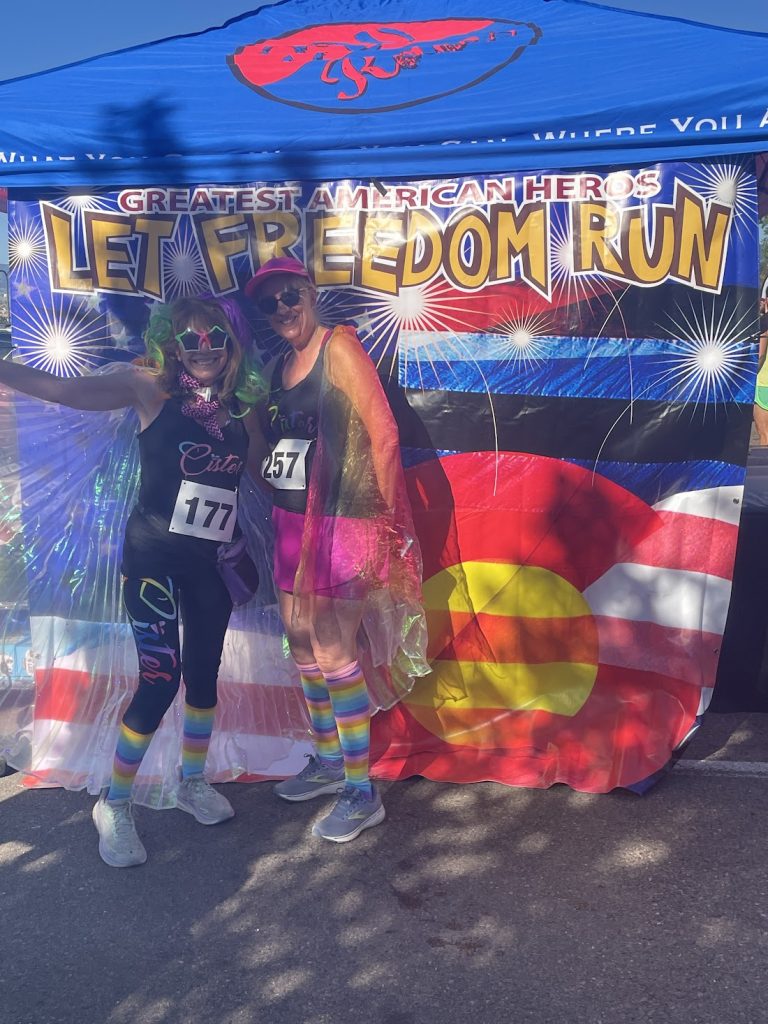
Let Freedom Run 5K
When running-buddy, Bonnie, suggested we participate in the Let Freedom Run 5K, I was all for it! The ads encouraged us to come dressed as Superheroes (one of my favorite costumes!) Why not come as “Super Cisters?”
We are so lucky to live in a country where we have the freedoms we do, thanks to countless sacrifices. Those of us who are “cisgender” take for granted the freedom to be authentic, with no fear of bullying or judgment.
I feel strongly that as a nation, we love and support one another in our choices. As a Christian and an American, I’m proud of the diversity we experience in this country. This diversity opens us up to a wide range of viewpoints, expanding our minds, recognizing our uniqueness as well as our common humanity.
As we journey together to lift one another, to lean on one another, to love one another, as we work to get this right for everyone, for all the people, we encourage you to walk in the world as your best authentic self. Because that is the most important gift you have, and everyone else needs to see it.
Cister Mission Statement
I’m so proud of my friend, Michaela, who has created this new and unique non-profit. What a great way for Cisters to stand side-by-side LGBTQ+ in unity. (I’d like to suggest we change the acronym to LGBC-QT. That way we can get the “Cisters” represented and end with QT… Maybe next year.)
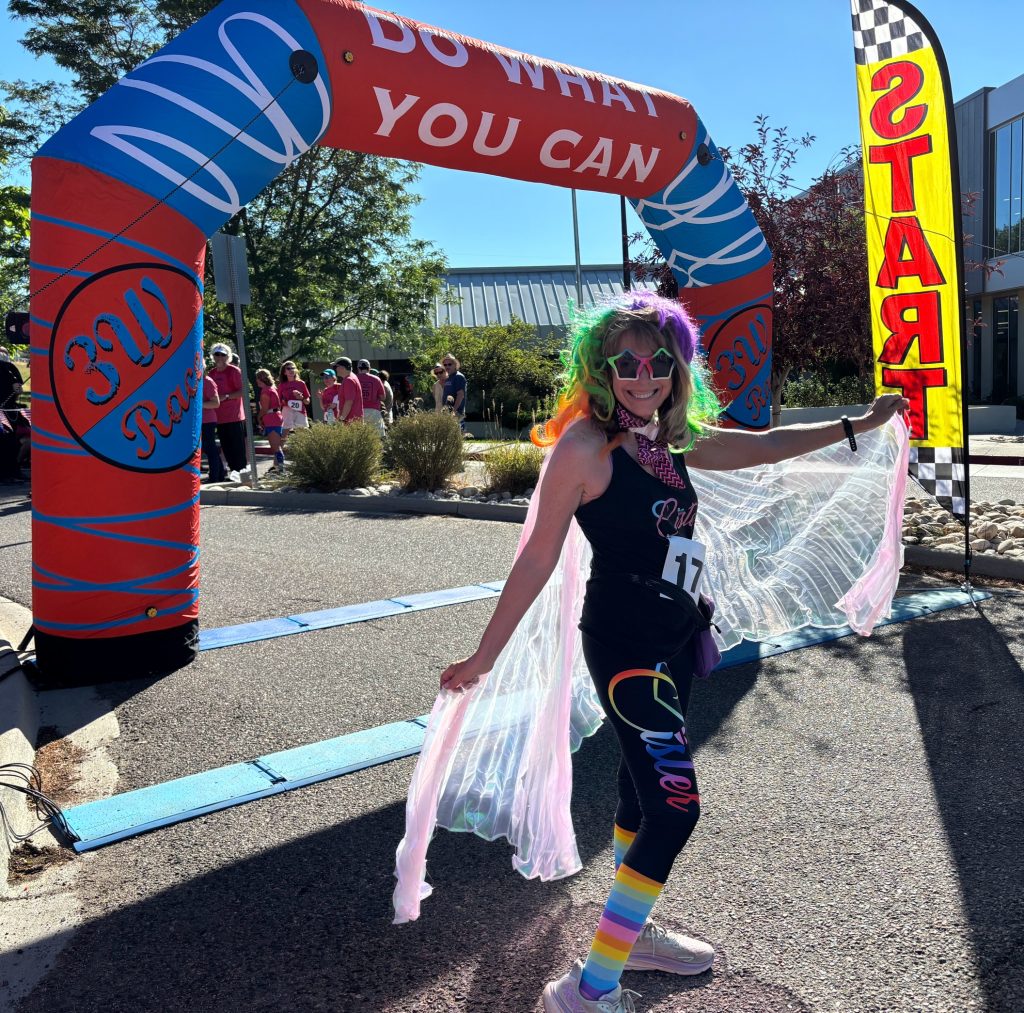
Every Effort Counts: Do What You Can
I was struck by the phrase “Do What You Can” at the Start and Finish line at today’s race. When my friend, Craig, was dying from ALS, and continued to lose physical abilities, I realized he still did what he was able. The rest of my life has been influenced by seeing his determination to remain positive in the face of such adversity. Sometimes we don’t realize that our efforts, no matter how small they seem, can make a big difference.
I told Michaela that I’d blog about Cister, but warned her that my reach was very small. I’m not a celebrity or an “influencer.” Very few people read my blog.
But still, I told her, “I’ll do what I can.” (She expects to see a big uptick in sales after this blog post, though, so I’d appreciate it if you’d help me make it go viral by sharing it, please.)
Not only do I think it’s important to show our “Cister” Support, I love the product line that’s available. Besides the leggings and racerback tank that I’m wearing in these photos, there are a wide variety of hoodies, cute caps, mugs, and bags, all reasonably priced and (currently) free shipping!
Show your Cister Support
No matter your politics, religion, or beliefs, we all deserve to express our authentic selves. Let’s support the Cister community and show our allyship with pride (and trendy new clothes!) Please join me in supporting the Cister Community!


